Normally a rare beast, with only 4 dots in the NBN (National Biodiversity Network) map of Britain. Nevertheless, I was lucky enough to have spotted the Giant Willow Aphid – Tuberlolachnus salignus, on 2nd December at Parc Slip Nature Reserve, South Wales. It was after my weekly Friday volunteering session of conservation work with the Wildlife Trust of South and West Wales that I decided to stay on and see what insects I could find. I focused my attention on a wooden handrail that stretched along a narrow footpath just above a stream.
The large (giant) willow aphid is sometimes regarded as being the largest aphid in the world. It can reach a length of 5mm. You can get an idea of how big it is from the photograph below.
PLEASE CLICK TO ENLARGE IMAGES
The Giant Willow Aphid may appear small next to my finger nail but this is the largest
species of aphid with a body length of 5.0-6.0mm. (Canon MPE 65mm Macro 1x)
This is pretty big for an aphid and Tuberlolachnus salignus, unlike most aphids, does not feed on leaves, but on stems and twigs and thus feeds through the bark. Its syringe-like, piercing mouthparts, known as stylets, can measure up to 1.8mm, more than a third of its body length. The stylet is difficult to see because the aphid tucks it neatly underneath its body. However, by getting down really low you can just about see the long tube-like mouthpart underneath the aphid’s abdomen (see pic below).
From this low camera angle you can just about see the long tube-like mouthpart
tightly tucked underneath the aphid’s abdomen (Canon MPE 65mm Macro 3x)
Unlike just about every other insect, the Giant Willow Aphid is most active during freezing weather, when they may leave the trees and walk about in a fast and purposeful manner.
Giant Willow Aphid walking along handrail with stream in background (Tokina 35mm macro)
This is a member of a small genus with only three species of aphids, two of which are only found in the far east (subgenus Tuberolachniella). The remaining species, Tuberolachnus salignus is cosmopolitan and feeds on willows (Salicaceae). It does not appear to have a sexual stage in the life cycle. It may be attended by ants that like to stimulate the aphids into producing honeydew (rather like a farmer milking a cow). In exchange for such energy rich food the ants will provide the aphids with protection against predators. Unfortunately, it was far too cold for ants at this time of the year to be able to witness this fascinating symbiotic relationship.
These aphids are unmistakable. The adults are up to 5 or 6 mm long and have a tubercle on their back like a rose thorn or shark’s fin. They are mid brown to dark brown with several rows of black sclerotic patches. The body is covered with numerous fine hairs, which give a greyish-golden sheen to the abdomen. There is a large brown tubercle in the centre of the back, just in front of the siphunculi (tubular organs on the abdomen from which the aphid secretes a waxy fluid when attacked), which are on large dark cones. The antennae are less than half the body length.
The unmistakable profile clearly showing black spots, shark fin and a hint of the stylet
(Canon MPE 65mm Macro 3x)
Aphids of all ages and sizes will be present, since they reproduce continually through the winter. The younger ones do not have the tubercle, but they are still distinctive with rows of black spots on a grey background. Nothing else that is at all similar forms patches on willow in winter.
A great-unsolved mystery about this aphid is the function of the dorsal tubercle, which so closely resembles a rose thorn, or more imaginatively a shark’s fin. Is it defensive? Unlikely, since T. salignus being a willow feeder is stuffed full of nasty chemicals and very few predators seem to want, or be able to feed on it. The picture below shows the ‘shark’s fin’ on the back of the adult aphid. This is easily seen if you view the aphid from the side. No other species of aphid has this feature, and its purpose is a mystery.
No other species of aphid has the shark’s fin feature, and its purpose is a mystery
(Canon MPE 65mm Macro 3x)
They feed in large aggregations on the stems of their willow tree hosts and can have serious effects on tree growth. They seem to prefer branches of about 1-3 cm diameter, that are old but not covered with moss or lichen. Groups of aphids can be seen from a distance as dark patches on the undersides of branches.
The aphids produce a lot of honeydew, and in the summer are often ant-attended. According to entomologist, Professor Simon Leather, the aphid colonies produce so much honeydew in the summer that they also attract huge numbers of vespid wasps that are in search of energy-rich sugar sources at that time of year. These too are likely to make potential predators and parasitoids think twice about approaching the aphids.
The second mystery is that in the spring / summer, between March and August, they completely disappear and no-one knows where they go. How strange, bearing in mind that that this aphid spends a substantial period of the year feeding on willow trees without leaves and then in the spring when most aphids are hatching from their eggs to take advantage of the spring flush, T. salignus disappears! Does it go underground? If so, what plants is it feeding on and why leave the willows when their sap is rising and soluble nitrogen is readily available?
The third mysterious observation is that no male Giant Willow Aphid has ever been found. The colonies are made up of females who give birth to live young who are genetically clones of their mother. Some adult females grow wings, but most do not.
Finally, the forth mystery and one that is particularly evident yet overlooked is concerning their presence in the winter. How can this remarkable aphid survive the freezing temperatures of winter when all other aphids are all well and truly gone? I don’t know the answer but perhaps like the even smaller springtails, they are able to release an anti-freeze like chemical that keeps their metabolism ticking over?
This aphid which seems to be posing motionless was in a dormant state. Perhaps it is able to release an anti-freeze like substance that keeps its metabolism ticking over during freezing winter spells? (Canon MPE 65mm Macro 3x)
The strange case of the mysterious Giant Willow Aphid poses some challenging questions for entomological detectives out there.
The mysterious Giant Willow Aphid, a truly remarkable creature that poses
some challenging questions for entomological detectives out there.
(Canon MPE 65mm Macro 3x)

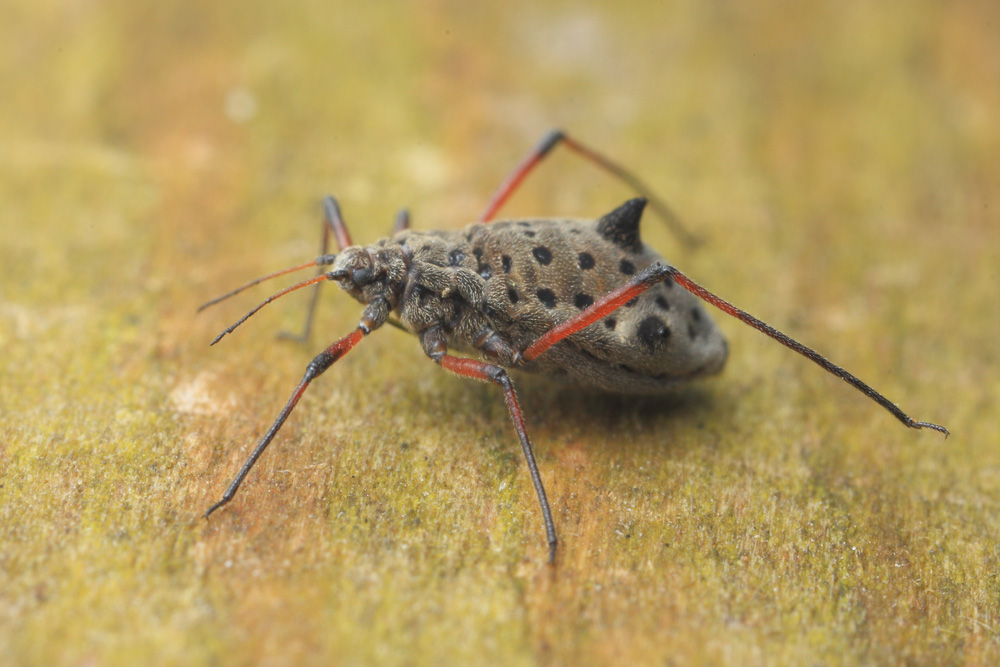
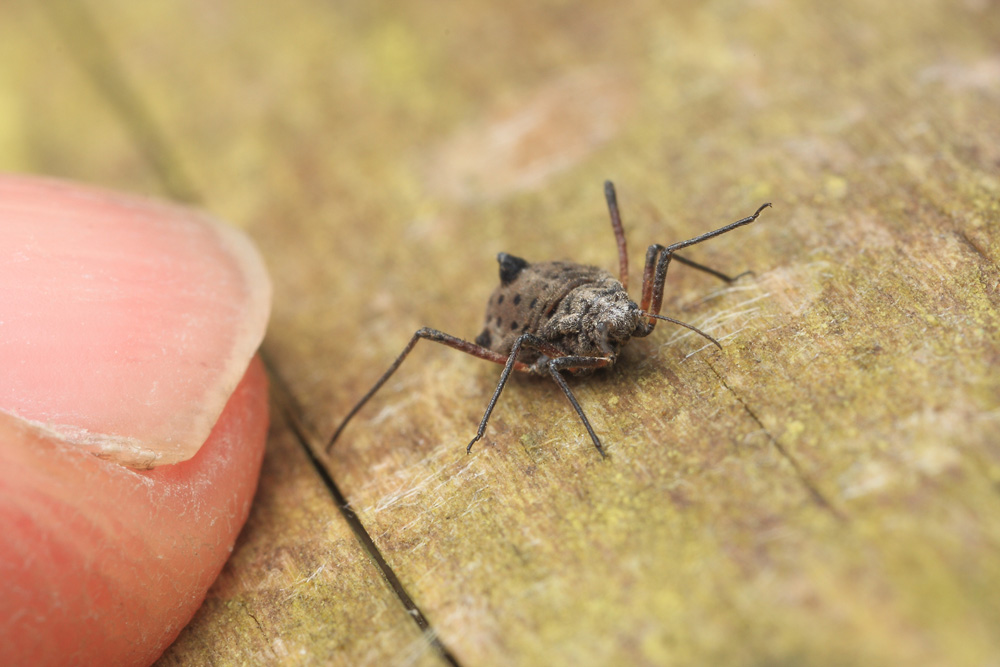
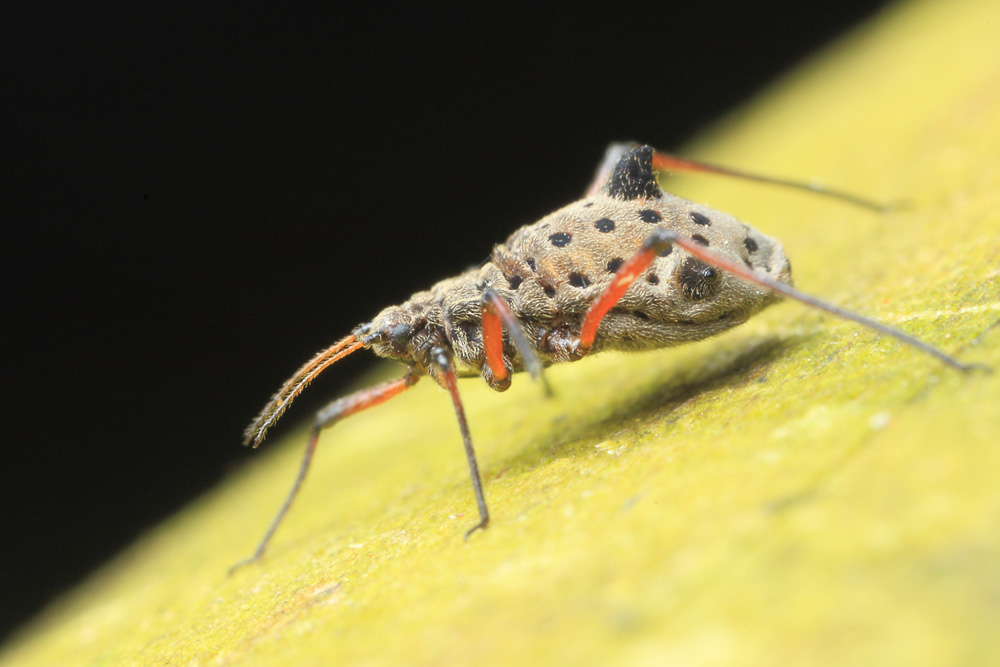
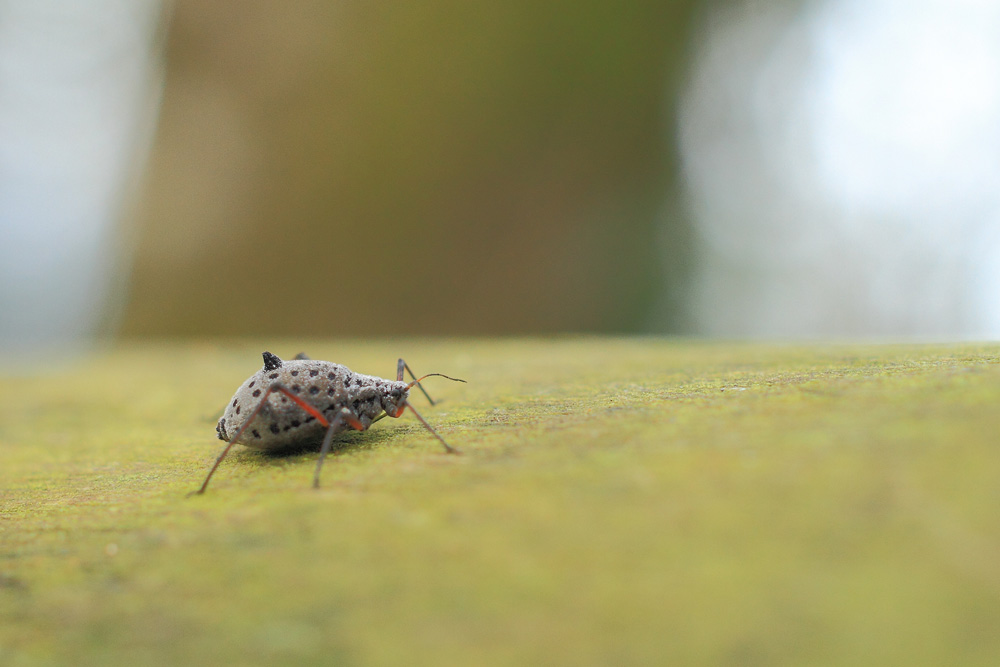
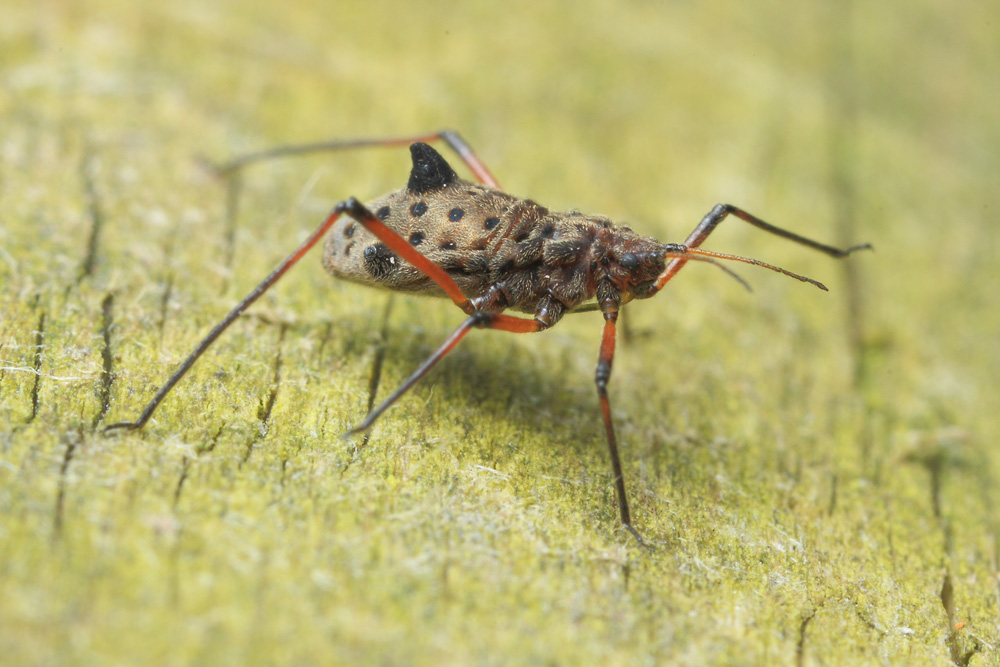
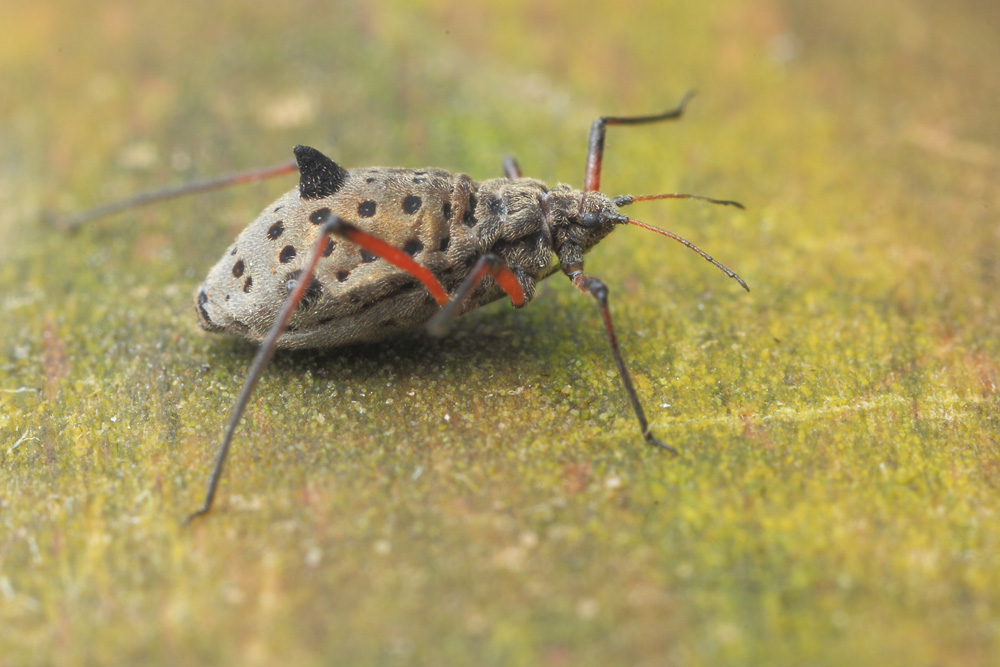
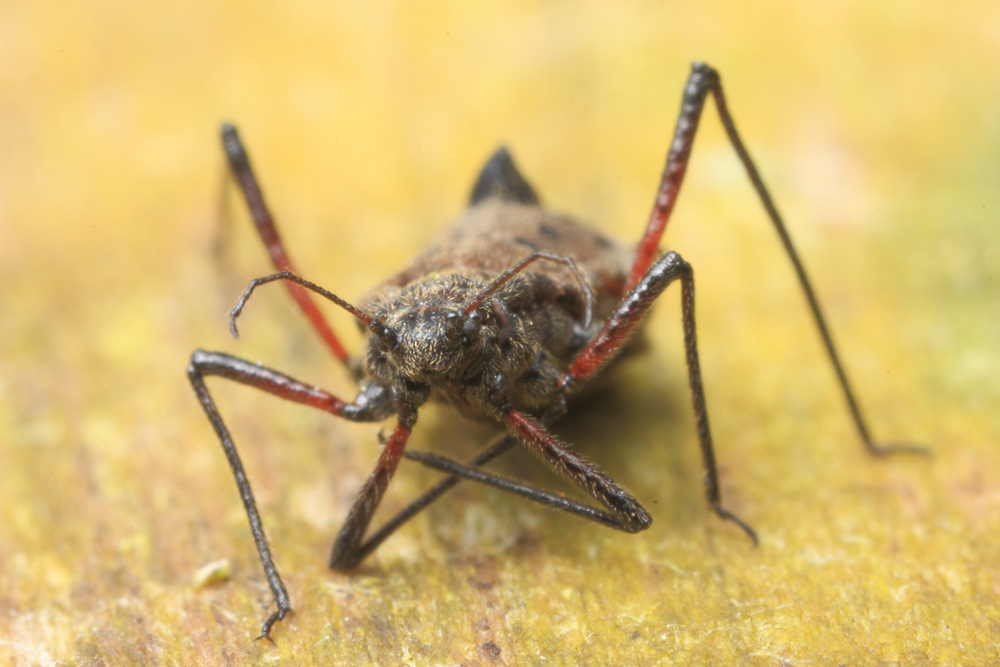
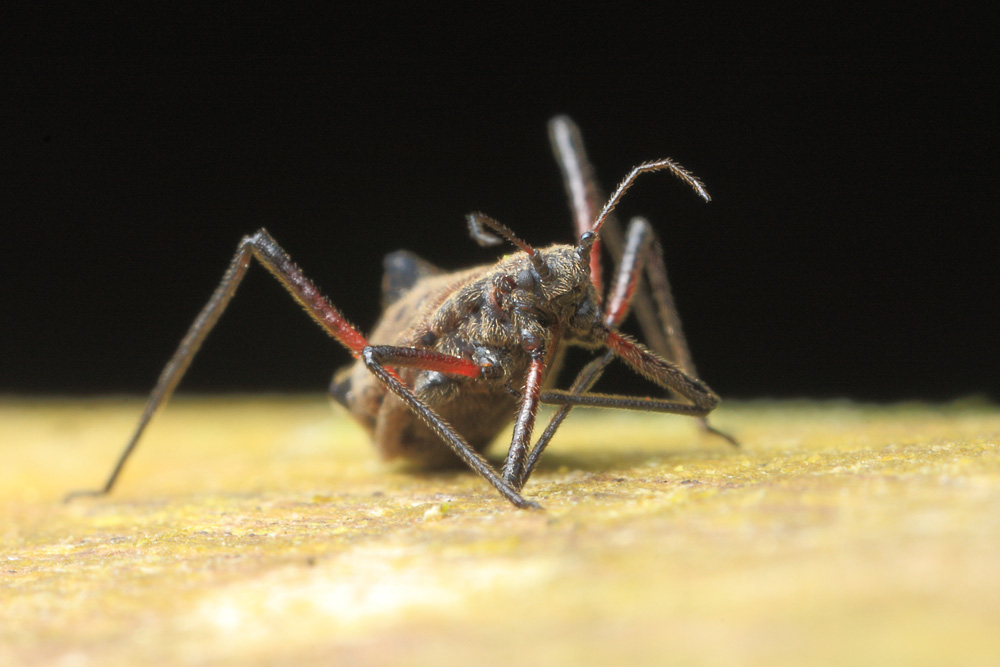
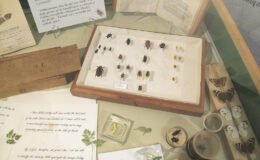


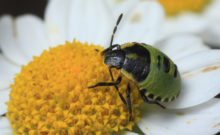

Leave a Comment